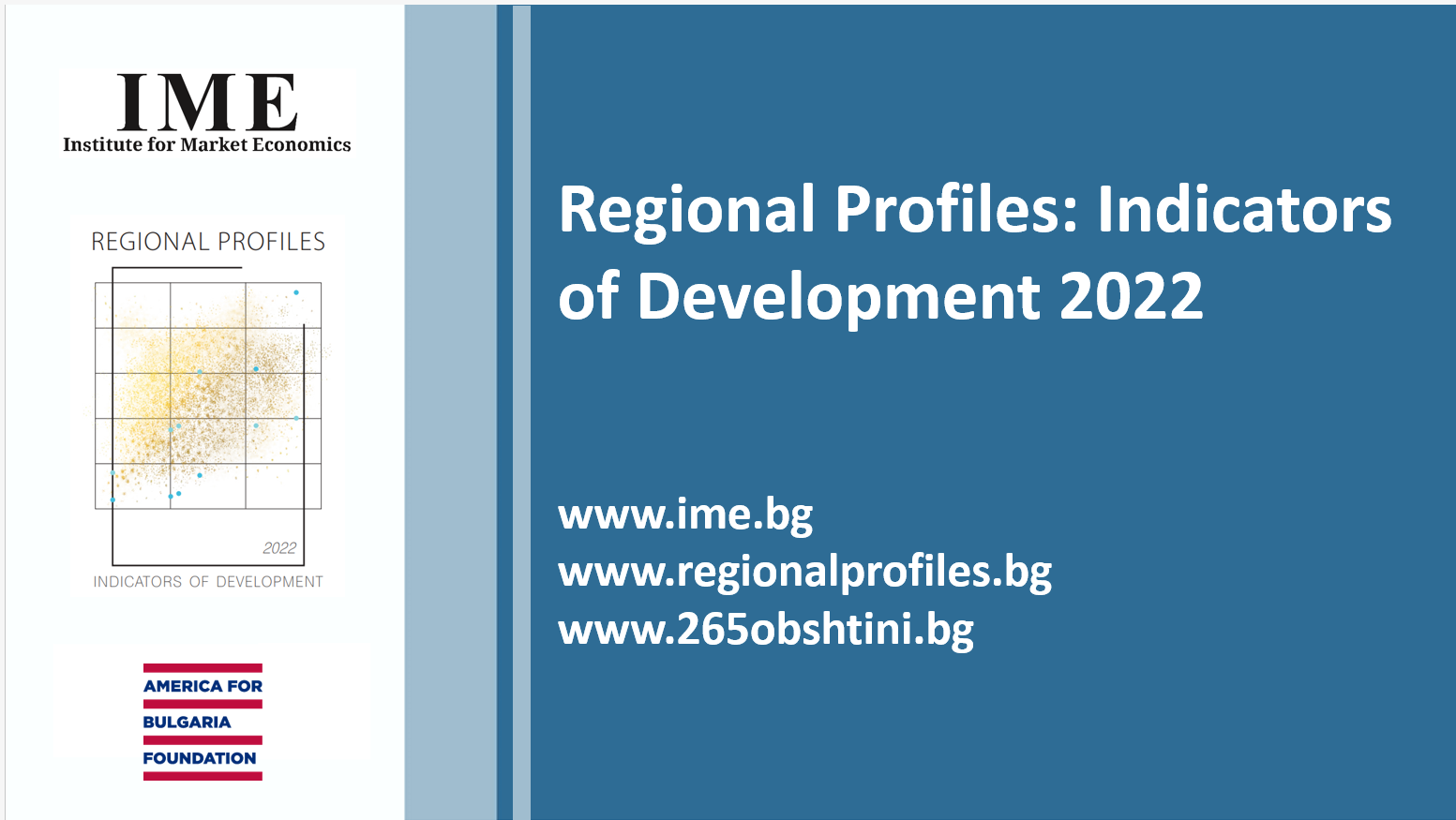The weakest schools in Bulgaria point out the systemic failure of education
Most often, a review of the school rankings of the various exams focuses on the best and most desirable schools. Less attention is paid to those with the lowest results, although it is precisely in them that the real problems and failures of the education system are locked. For this reason, in this text we briefly review the lower end of the distribution in an attempt to present some important observations.


